Are Marsupials Mammals?
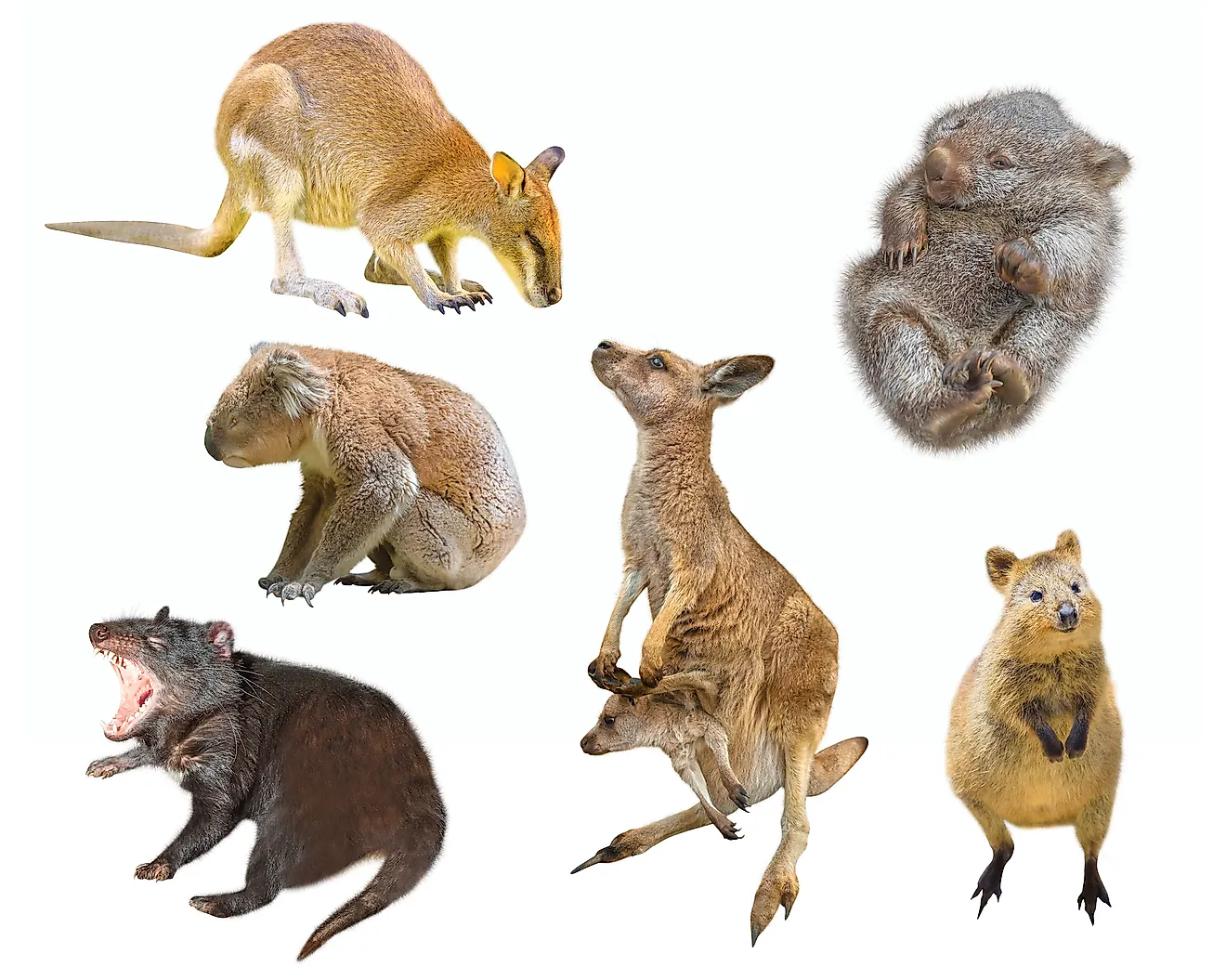
- Yes, marsupials are mammals. They are one of three types, including placental mammals, marsupials, and monotremes.
- Marsupials are distinct because of the presence of a skin or fur pouch that holds their young as they develop.
- 70% of the world's marsupials live in Australia and surrounding regions.
Yes, marsupials are mammals. Though marsupials have a number of distinct characteristics, they do fall under the classification of mammals. Like other mammals, they follow the key identifiers of mammalian classification. These include being warm-blooded, having fur—which is usually an indicator of a mammal—giving birth to live young rather than laying eggs, and nursing their young via mammary glands. Marsupials, however, are unique mammals in many ways and have several specific traits that make them stand out from other animals.
There are approximately 300 different species of marsupials, (infraclass Metatheria, or Marsupialia) on Earth, and roughly 70% of these live in Australia, Tasmania and New Guinea. These marsupials tend to be the most commonly associated with this class of animal, and include such species as the wombat, kangaroo, and koala. These examples are herbivores, but there are also a number of carnivorous marsupials as well, including the Tasmanian devil, the Tasmanian tiger, and various varieties of quolls, which are of the feline family. Animals such as bandicoots and bilbies, also native to this region, are considered omnivorous, as they eat a balanced diet of both plants and animals or insects.
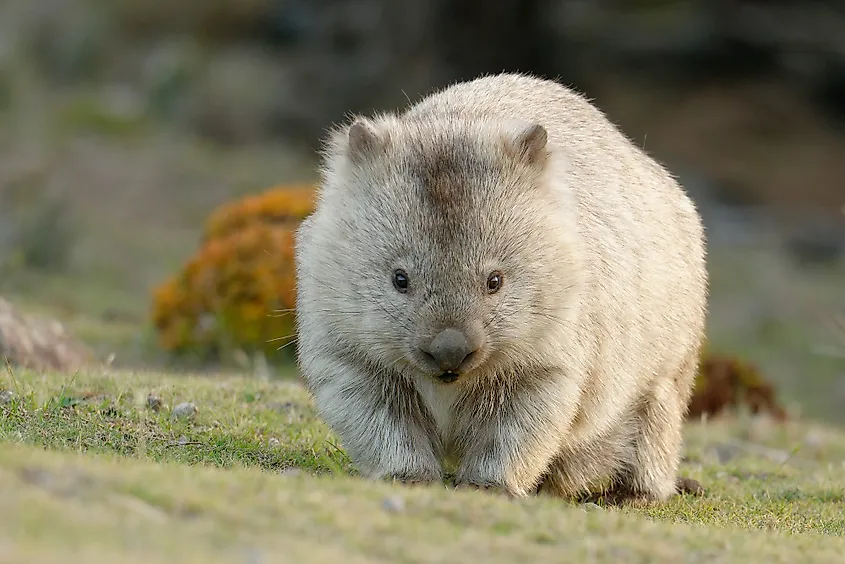
While most marsupials reside in the Austral-Pacific regions, there are a number of species that live in the Americas. Of these, most are in South and Central America and include various types of opossums. This is also the case in North America, although only one species of marsupial lives here, namely the Virginia opossum.
Marsupials come in a variety of species, and a full range of sizes and shapes. The largest known species of marsupial is one of the most famous, the red kangaroo. This species, and kangaroos in general, are often the animal most commonly associated with the term marsupial. This is, in part due to the obvious and pronounced pouch, in which kangaroo joeys can often be seen. The smallest species of marsupials are planigales, also called marsupial mice. These tiny creatures are much less well known, in part due to their size and the fact that their pouch is less obvious. Collectively, though, marsupials are distinct and have several characteristics that make them stand out from other mammals. Markers of marsupial animals are:
Special Characteristics Of Marsupials
A Natural Pouch
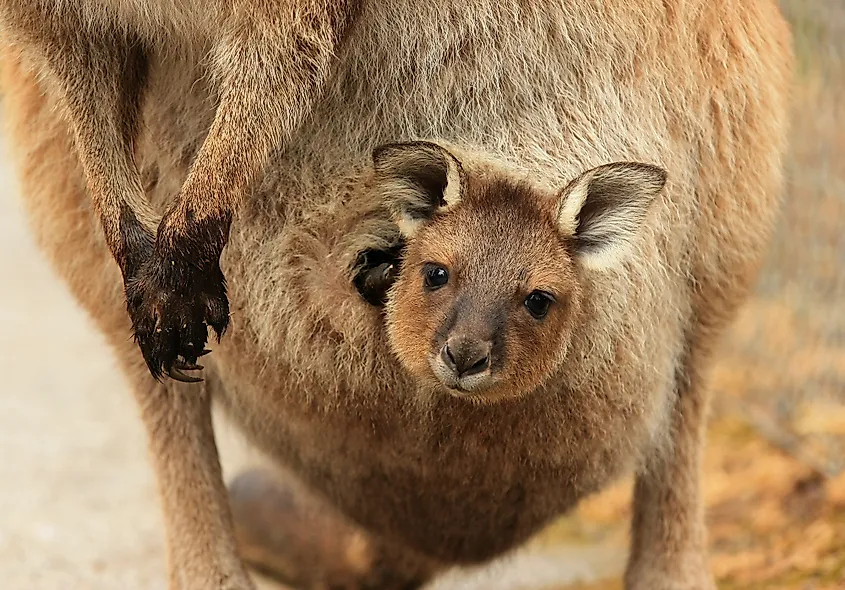
The most distinctive characteristic of marsupials, and the reason they got this name, is due to the presence of a natural pouch on their body. The word marsupial is derived from the Latin word Marsupiālis, meaning "pouch." Marsupials have skin and fur or skin pouches, usually on their underbelly or breast area, in which young are born, develop, and seek protection as they grow. The pouch is the most distinctive feature of a marsupial and is what is most commonly associated with these types of animals. Most marsupials have permanent pouches, however, there are some exceptions to this rule. The shrew opossum, in contrast, only develops a pouch during gestation. Pouches also usually only occur in females, but the water possum is another exception to this, as male specimens also have pouches used for their genitalia when they swim or run.
Gestation Period
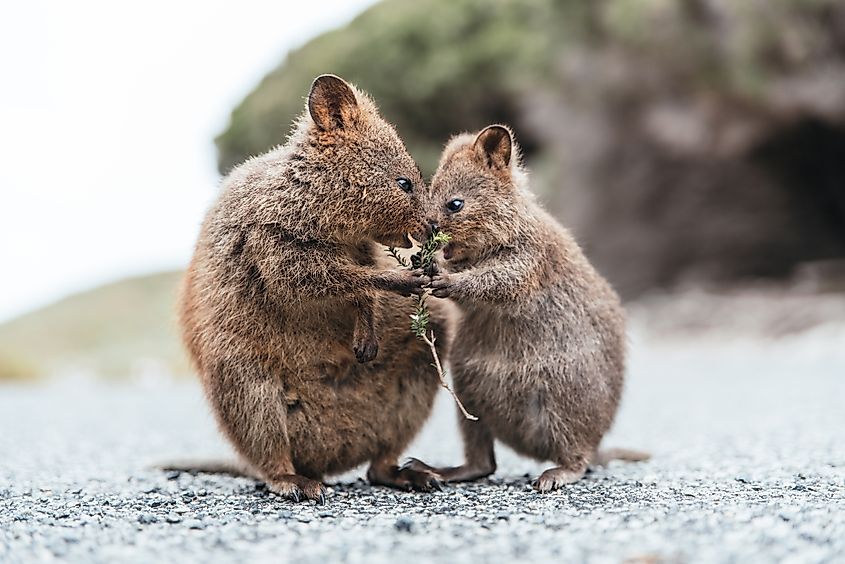
Because these animals have pouches, they also generally have very short gestation periods. In most cases, marsupial babies are gestated for a period of only four or five weeks, in contrast to most other mammals that have gestation periods lasting months. This means that most marsupial young are born in a fetal stage, a stage which, in other mammals, occurs inside the mother’s womb. This difference in gestation period is generally due to the type of placenta other mammals have versus marsupials, marsupials being less complex than the former. In marsupials, the fetus finds its way to the pouch and continues the remaining stages of development there, until it is fully grown and developed.
Body Temperature
Marsupials also have a different average body temperature than other mammals. While all mammals are warm-blooded, meaning they maintain a consistent internal body temperature and can self regulate this temperature, the mean for marsupials is generally not the same as other mammals. Placental mammals have a body temperature of 38 degrees Celsius, and monotremes hold an average internal temperature of 30 Celcius. Marsupials, on the other hand, average 35 degrees Celsius.
Brain
Marsupials are very unique in a number of ways, and this includes a difference in their brain as well. Marsupials lack what is known as the corpus callosum, which is a nerve tract that communicates between brain hemispheres.
Teeth
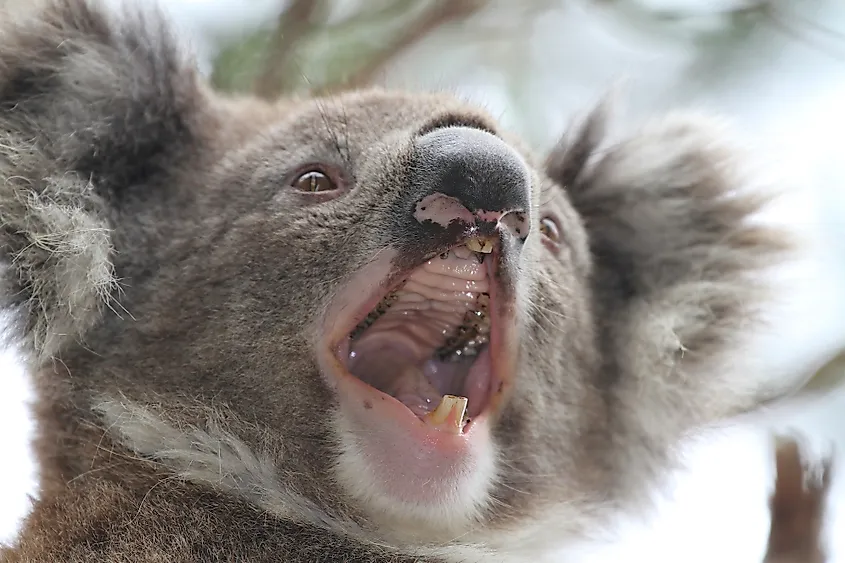
Another distinguishing factor common in marsupials is the amount and structure of their teeth. In general, marsupials have significantly more teeth than other placental mammals. Most placental mammals have three molars and four premolars in both the upper and lower jaw. In contrast, marsupials have four molars and three premolars. Additionally, most mammals have two full sets of teeth: their initial, or "baby" teeth, which fall out and are later replaced by permanent adult teeth. Marsupial teeth do not work in this way, as only some of their teeth fall out and are replaced. Wombats, however, are an exception to this differentiation, as they have a different number of incisors in the upper and lower jaw.
Reproduction
Marsupials, unlike other mammals, have double reproductive tracts. Female marsupials have two uteruses, each with its own lateral vagina. This means that the birth canal and birthing process also differs from that of other mammals. In marsupials, babies are born through a central birth canal rather than vaginally. Male marsupials also differ from other animals as they usually have a forked penis. In most marsupials, the genitalia is used only during reproduction and is not connected to the urinary tract, like in the case of most other mammals.
In general, marsupials can therefore be classified as mammals, as they meet the general requirements for this categorization, but are then further identified within the marsupial group due to the unique presence of pouch, gestation period and more generally the way in which their young are born and developed.











